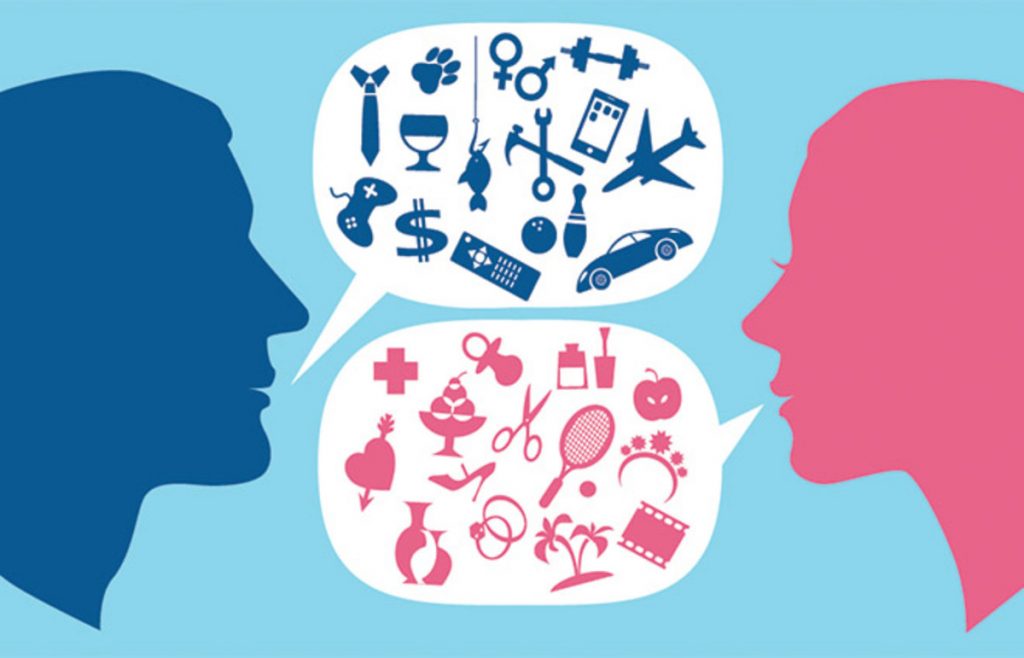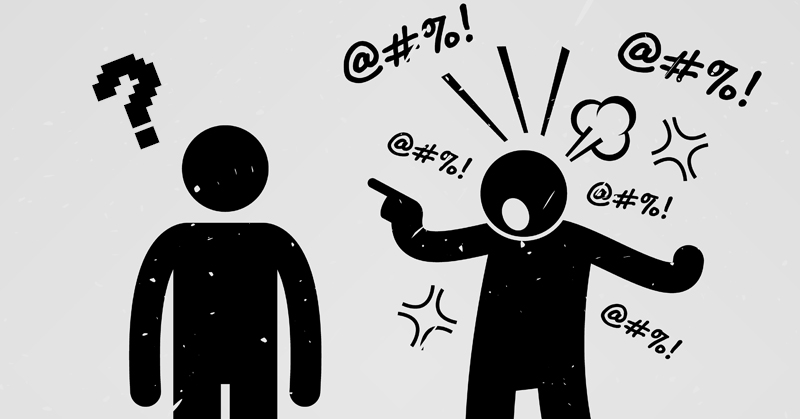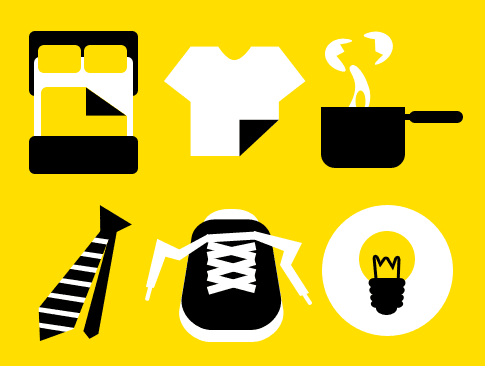
A5
Module 8 was very fascinating for me to do, but led to a be a bit biased in my opinion. It gave me a chance to see how stereotypical labeling worked and what people considered certain ethnicity to be in their eyes. For example, someone who is of Asian lineage might be considered really smart or how Irish folks are known for getting drunk all the time. These are things that have been depicted to us but are not entirely true, just a way to show that people’s perception can be a bit twisted for humorous purposes.

A4
Module 12 was very enlightening to me because it talked about aggression, which is very worldwide to individuals regardless of the situation or person. Nowadays, there is plenty of hostility no matter where we look and because of that, it can also cause misunderstandings for what is an actual issue and what is not. For example, I would not suspect someone labeling a young girl accidentally tripping an elder when trying to help them, but I would hope someone would consider two men fighting over a TV to be that. There is a different between intentional and what is a social norm.

A3
Module 7 was pretty interesting to complete because the rating questions were asking generalization questions that were pretty straightforward. What I liked most about it was how it was directed towards behavior and how it was set up in the format. I learned about inconsistencies that might not have been known to me without thinking about, and how to help channel them when it comes to relaxing. Especially when it came to trying to adjust and modify them to simply better ourselves. It makes us better people when we learn our flaws.

A2
Module 4 was very interesting to do because it involved thinking about how we are harming ourselves without realizing it. To me, when it comes to what we think is good or harmful can be subjective, but not far from the truth. For example, a lot of people tend to litter or toss pollution into the ocean without thinking of the long-term effects it can have on our lives for the future. Overall, it gave insight to how responsible we are for our actions and that while we can never be too careful, we should try harder.

A1
Module 11 was my favorite one to work on, because it involved talking about people that were close to me and how I knew them to act. Though the outcome was not the desired one, apparently it is possible to be happy and selfish at the same time. As funny as it might sound, my family is very sporadic and spontaneous when it comes to behavior, so it was not surprising to me. But at the end of the day, I learned that lumping them into these categories gave me a better understanding about my family.